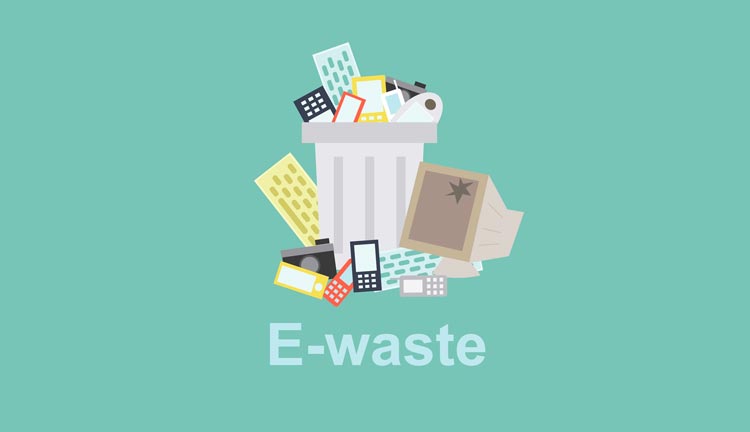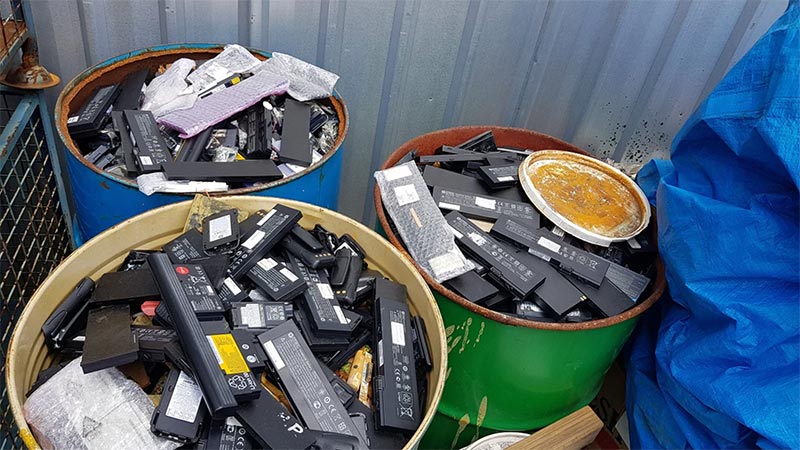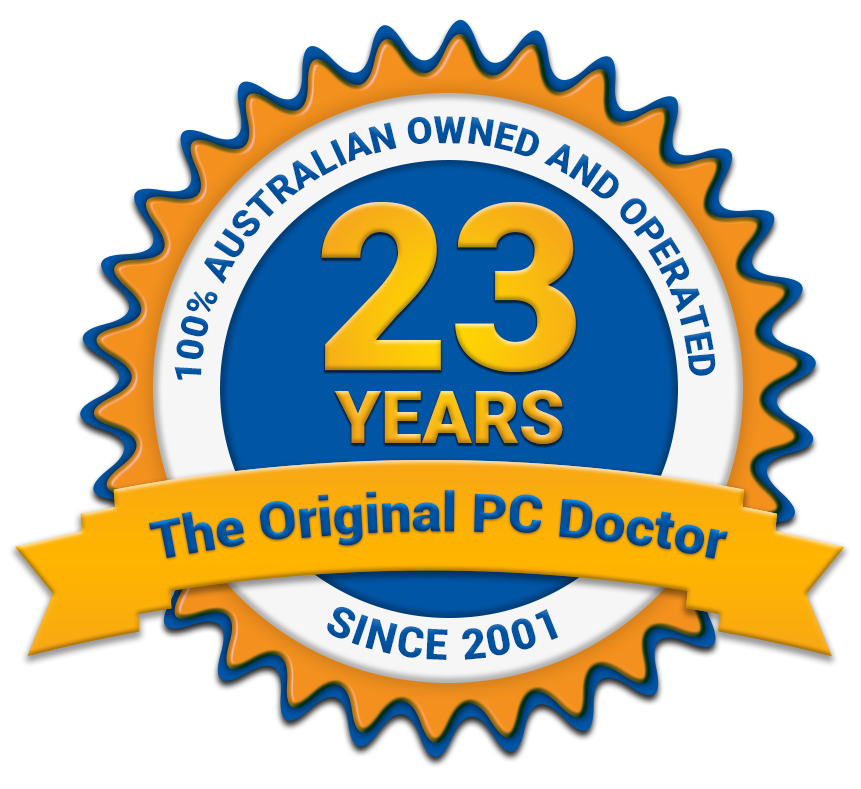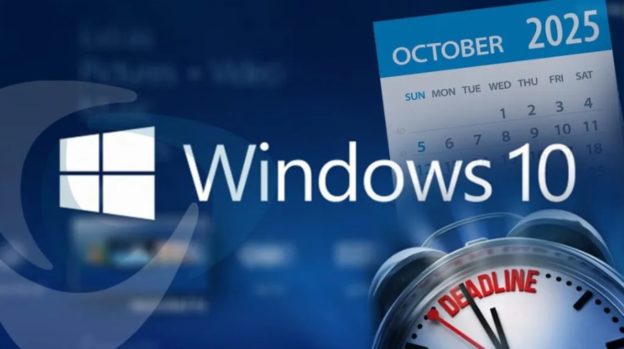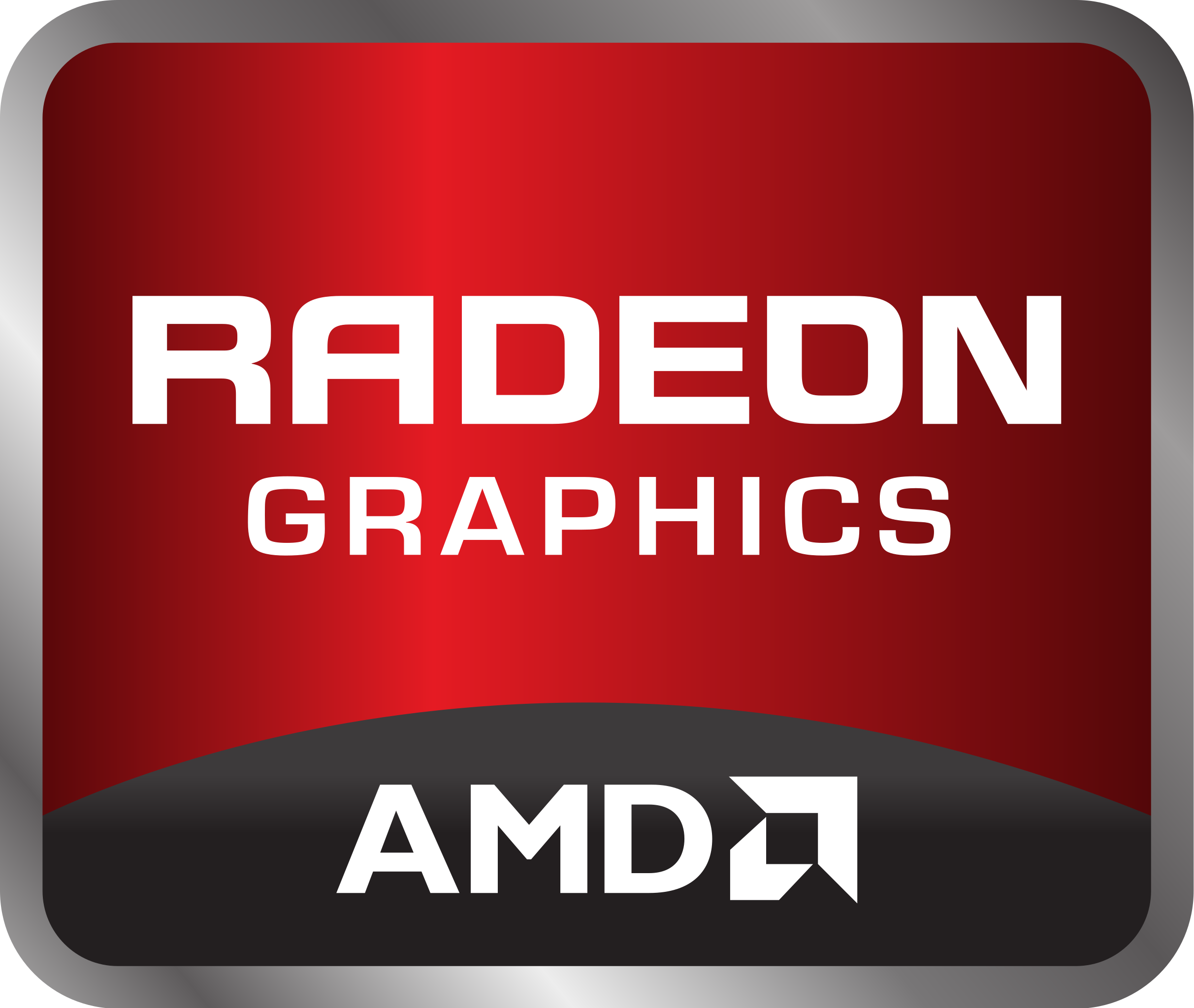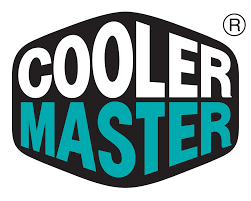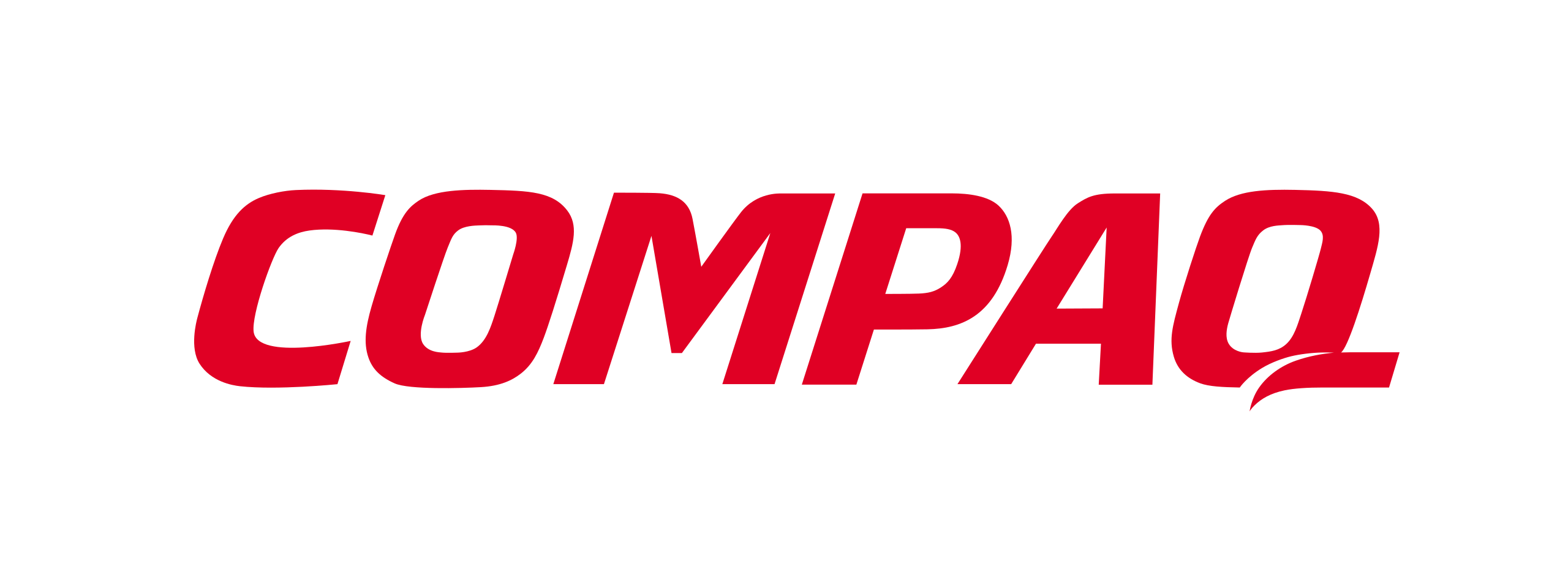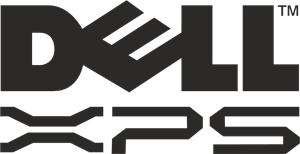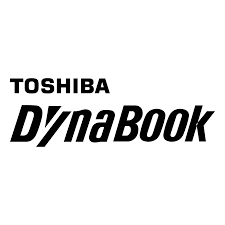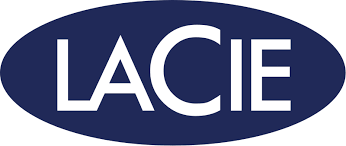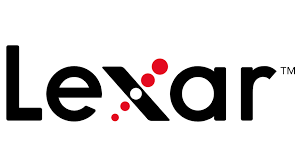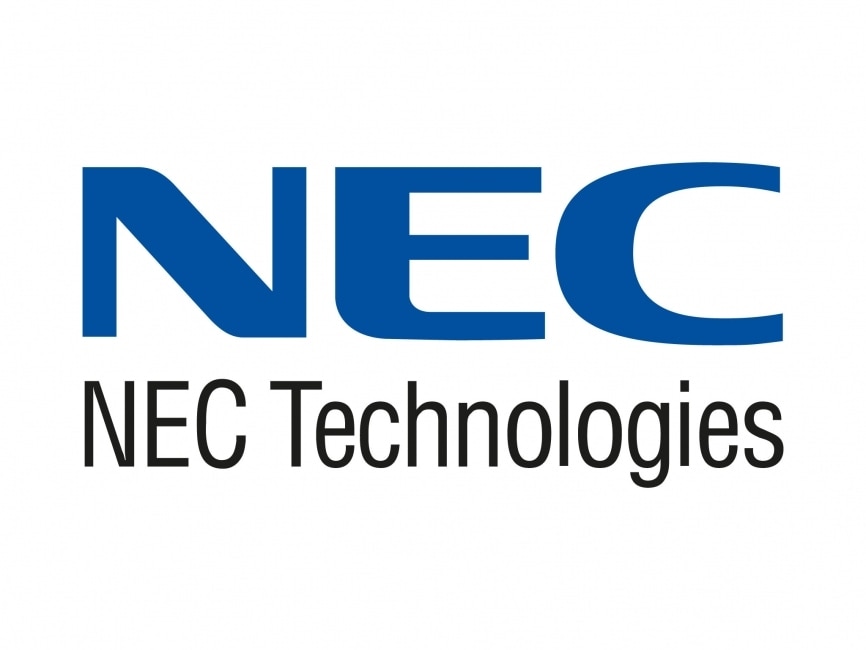E-Waste In Australia
Technology has advanced exponentially, and it has certainly helped improve the lives of many. Thru technological advancements people have shifted from sending handwritten letters to computerised letters or emails that can be read, sent, and replied to within the day; calls can be made more personal via mobile phones, which are portable compared to old school telephones; photos and videos can be easily taken by anyone and any time via cameras installed in smartphones and many more.
However, with the continuous increase in the demands of different electronic products, numerous technology trends, and reduced lifespan of products, the waste they produce have increased as well. These waste products are called electronic waste or more commonly known as e-waste.
What is e-waste?
This waste includes computers, television, air conditioners, washing machines, vacuum cleaners, electronic toothbrushes, fans, copiers, and many more. These waste products can be recycled, refurbished, or reused. Sadly, many of these wastes are not disposed of properly. This is quite an alarming fact as it is both harmful to the environment and people’s health. A lot of these e-wastes contain plenty of hazardous materials and chemicals. Some are gold, copper, steel, zinc, mercury, lead, plastics, metal, and more.
About 40 million tonnes of electronic waste is produced annually worldwide. It is considered as one of the fastest-growing numbers of produced solid waste. The product comes with batteries, wires, extension cords, circuit boards, and cartridges to name a few; not to mention the packaging. Each bought electronic product comes with boxes, bubble wraps, plastics, paper, and more.
E-waste in Australia
In 1992, Australia signed the Basel Convention on the Control of Transboundary Movements of Hazardous Wastes and their Disposal. These hazardous wastes include wastes products from electronics, which were mainly dumped inappropriately in landfills. This was Australia’s initial step towards lessening electronic wastes. However, the responsibility was still left with the consumer. There was not a clear answer on how to properly dispose of these kinds of wastes.
Since the leading source of e-waste are televisions and computers, in 2011, the Australian government implemented a National Television and Computer Recycling Scheme. The scheme aimed to allow small businesses and households to have access to the collection and recycling of televisions and computers. There have been a number of drop-off points around Australia, so e-wastes like keyboards, hard drives, and monitors can be recycled.
Australia is considered to be in the top ten countries that consume electronic and electrical products. The country has made some steps in lessening e-wastes. However, compared to other technologically advanced countries like Japan and Switzerland, it appears that Australia’s steps aren’t as effective as it seems. According to Cleanup.org, fewer than 1% of televisions are recycled in Australia, and only about 10% of computers or laptops are recycled. This number is alarming as more and more users are buying, using, and disposing of these products; as the number of consumers increases, the waste products increase too.
In Canada, some states have included a recycling price when an item is purchased. In Switzerland, they are able to return these waste products to where they were bought. Countries like Japan, Taiwan, and South Korea have given the responsibility of recycling 75% of their e-wastes to the manufacturers.
Fast forward to present times, Australia is among the countries that use technology the most. As a result, more and more e-waste is produced. Between 2012 and 2013, it was reported that about 137,756 tonnes of computers and televisions have reached their endpoints. This number shows that 43% are of television waste products, and 57% are of computer product wastes. Sadly, these numbers are still high.
Now, in 2020 alone, more than 50 million tonnes of e-waste have been produced worldwide. Australia contributed about 700,000 e-wastes to that total number. One research found that Australia has the means to address the issue well. It focused on addressing some key points which include engagement of the public, and the role, and responsibility of stakeholders to name a few.
What should you do with e-waste?
In a 2017 survey, it was found that many Australians know that some electronic items like mobile phones can be recycled. However, only about 8% actually recycle.
The Australian Bureau of Statistics defined e-waste as any electronic or electrical equipment that runs on electric current or electromagnetic fields. They classified e-waste into 6 categories which include entertainment electronics like televisions, office devices like computers and printers, household appliances like microwaves, lighting equipment like lamps, power tools like drills, and sports or leisure equipment like remote-controlled toy cars.
Knowing reliable places that do proper disposing and recycling of e-waste is another step that can be done by both households and businesses. Some companies have offered a collection of e-wastes in different pick-up or drop-off points. A survey done by TechCollect, a not-for-profit organisation, with respondents in different Australian cities (Sydney, Brisbane, Melbourne, Adelaide, and Perth) showed that 43% of electronic users keep their gadgets just in case they would use them in the future. And only 33% have brought their e-waste into a designated drop-off area. Sadly, one in four has just thrown their e-waste into the bin, which would just end up in landfills. This can result in contaminated land and water.
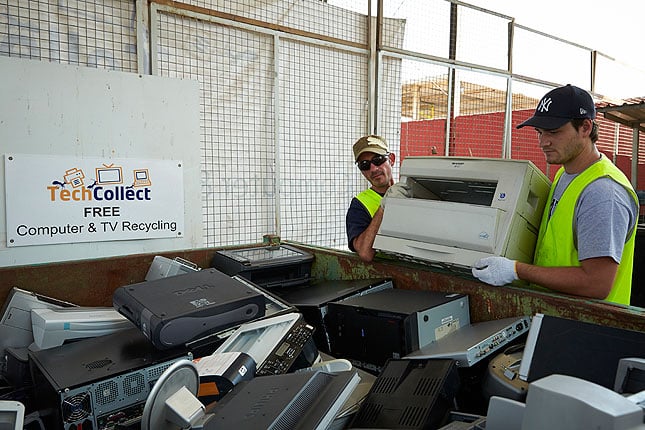
Respondents have mentioned the lack of information, data security, loss of personal information, and cost as the reasons why they don’t recycle e-waste.
One must know that about 95% of the materials in e-waste can be recovered, refurbished, or recycled. These materials can be used in manufacturing goods. Many manufacturers have also included ways on how to reset devices or erase all data from a device. This will encourage more consumers and users to recycle their gadgets. Clear knowledge of what can be recycled or not and how to recycle would make a difference. If users or consumers are aware that the item they bought can be recycled, the more chances that they will ultimately recycle once the item reaches its end of life.
Environmental & social responsibility
The Original PC Doctor is committed to constantly looking at ways to reduce the impact of our business on the environment. We constantly strive to reduce our carbon footprint and play a role in curbing global warming.
References:
- ABS – ELECTRONIC AND ELECTRICAL WASTE
- https://www.sciencedirect.com/science/article/pii/B9780128161906000121
- https://www.sciencedirect.com/science/article/pii/S0301479716303528
- https://techcollect.com.au/where-does-our-e-waste-go/
- https://www.sustainability.vic.gov.au/You-and-your-home/Waste-and-recycling/Household-waste/eWaste
- https://www.sciencedirect.com/science/article/pii/B9780128161906000121
- https://www.cleanup.org.au/e-waste
- https://www.techguide.com.au/news/televisions-news/australians-way-behind-comes-recycling-e-waste/
- https://www.smh.com.au/business/consumer-affairs/australians-hoarding-23-million-unused-mobile-phones-20170622-gwweju.html
- https://www.sbs.com.au/news/australia-must-improve-e-waste-recycling
Written by The Original PC Doctor on 23/6/2020.




